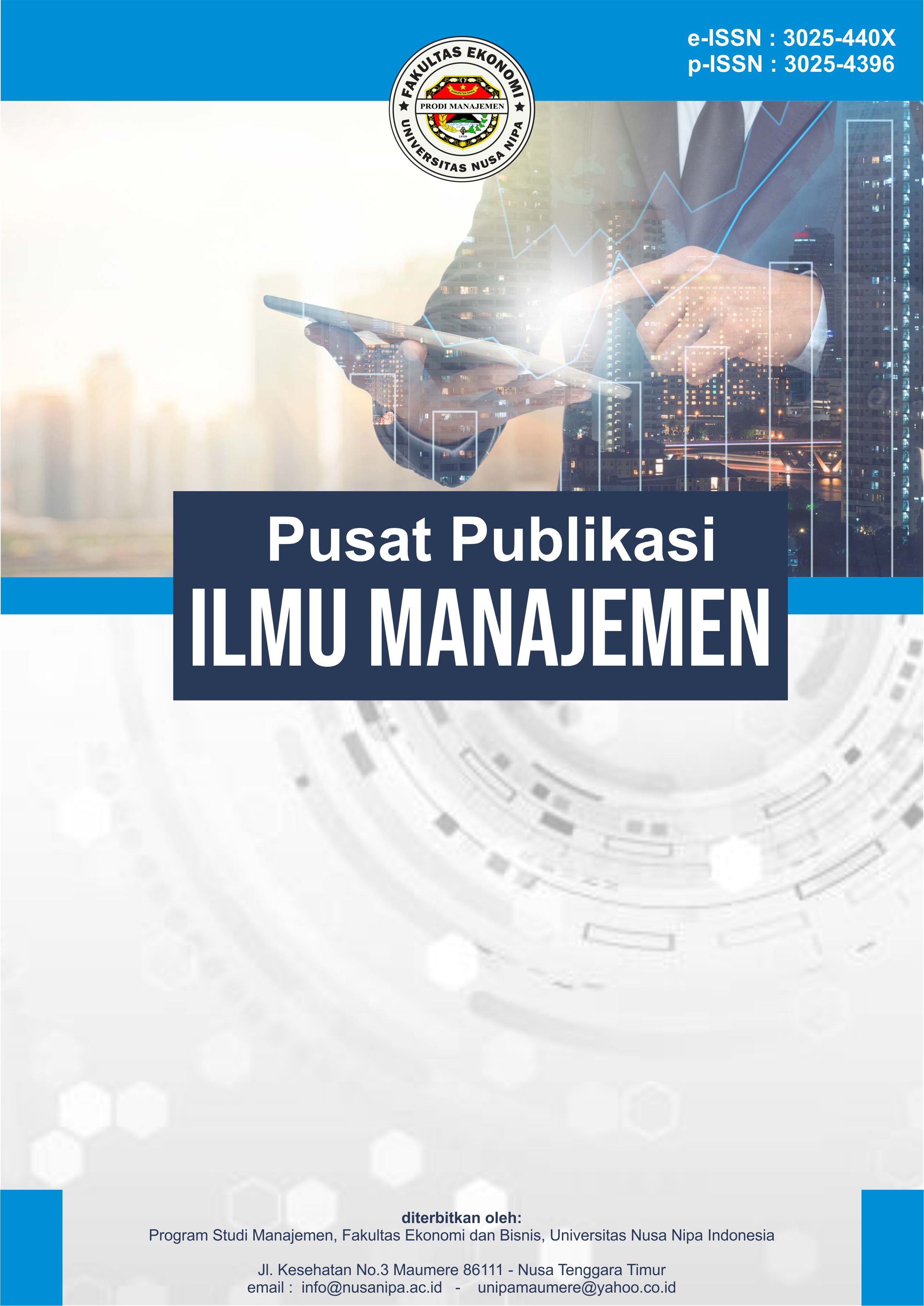Analisis Kebiasaan Konsumsi Snack
DOI:
https://doi.org/10.59603/ppiman.v3i3.920Keywords:
Consumer Preference, Distribution, Product Innovation, Purchase Decision, Snack ConsumptionAbstract
This study aims to analyze snack consumption habits among employees of the Department of Transportation of Serang Regency, specifically in the Control and Operational Division. Using a descriptive quantitative method and an online questionnaire distributed to 36 respondents, the research explores snack consumption patterns, timing, stockpiling behavior, purchasing locations, and factors influencing purchase decisions. The findings reveal that most respondents are young to middle-aged and tend to consume snacks in relaxed or social contexts. Minimarkets and local stalls are the main purchasing points, with taste being the most important factor in choosing snacks. Most respondents are also highly open to trying new snack brands. These findings highlight the importance of product and marketing strategies that focus on individual preferences and consumption moments.
References
Arifin, A., & Siregar, H. (2019). Millennials’ snack consumption behavior in Indonesia: Healthy lifestyle or taste preference? Indonesian Journal of Business and Entrepreneurship, 5(3), 145–153. https://doi.org/10.17358/ijbe.5.3.145
Euromonitor International. (2022). Snack foods in Indonesia. https://www.euromonitor.com
Ghozali, I. (2021). Aplikasi analisis multivariate dengan program IBM SPSS 26. Universitas Diponegoro.
Kaur, R., & Singh, P. (2021). Consumer perception towards healthy snacks: A study of urban millennials. Journal of Consumer Research and Marketing, 14(2), 87–96. https://doi.org/10.2139/ssrn.3849021
Kotler, P., & Armstrong, G. (2018). Principles of marketing (17th ed.). Pearson Education.
Kusnadi, R., & Herawati, T. (2023). Factors affecting snack purchasing decisions among Indonesian young adults. Jurnal Ilmu Keluarga dan Konsumen, 16(1), 45–56. https://doi.org/10.24156/jikk.2023.v16i1.45
Mintel. (2021). The future of snacking: Consumer trends and innovation opportunities. https://www.mintel.com
Rangkuti, F. (2017). Strategi promosi yang kreatif dan analisis kasus integrated marketing communication. Gramedia Pustaka Umum.
Setiawan, R. (2020). Statistik untuk penelitian sosial. PT Gramedia.
Statista. (2023). Snack food market in Indonesia - Statistics & facts. https://www.statista.com
Sugiyono. (2010). Statistika untuk penelitian. Alfabeta.
Sugiyono. (2019). Metode penelitian kuantitatif, kualitatif, dan R&D. Alfabeta.
Trott, P. (2017). Innovation management and new product development (6th ed.). Pearson Education.
Wijaya, T., & Santoso, A. B. (2020). Analisis preferensi konsumen terhadap produk makanan ringan (snack) di kota besar. Jurnal Manajemen dan Pemasaran Jasa, 13(2), 123–138. https://doi.org/10.25105/jmpj.v13i2.7890
World Health Organization. (2020). Healthy diet. https://www.who.int/news-room/fact-sheets/detail/healthy-diet
Downloads
Published
How to Cite
Issue
Section
License
Copyright (c) 2025 PPIMAN Pusat Publikasi Ilmu Manajemen

This work is licensed under a Creative Commons Attribution-ShareAlike 4.0 International License.






